|
 A Gay Travel Ningyo Japan Cultural Tour - Exquisite Dolls with a Rich, Mystical History. Experience the fantastic variety of Ningyo and celebrate the traditional Japanese craft of making dolls. These dolls are not just toys for children. They have a rich history in Japanese culture. This gay group adventure will take you to the heart of Japan’s traditional and contemporary Ningyo culture. You’ll explore the best doll shops and learn from the finest Japanese artists and collectors. A Gay Travel Ningyo Japan Cultural Tour - Exquisite Dolls with a Rich, Mystical History. Experience the fantastic variety of Ningyo and celebrate the traditional Japanese craft of making dolls. These dolls are not just toys for children. They have a rich history in Japanese culture. This gay group adventure will take you to the heart of Japan’s traditional and contemporary Ningyo culture. You’ll explore the best doll shops and learn from the finest Japanese artists and collectors.
Our Japan Ningyo Gay Tour is hosted by Alan Scott Pate, author of several well-researched books about Japan’s Ningyo traditions. These dolls are an integral part of Japanese family customs and theatrical themes. They encompass heroes, icons, courtesans from the pleasure districts, fairy tales, fanciful amusements, objects for diplomatic exchange, as well as play dolls.
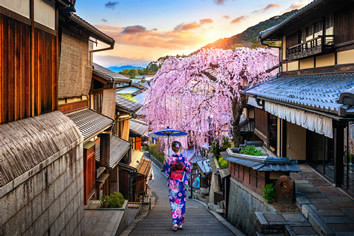
• Tour doll-themed museums, exhibits, doll shops, and exquisite gardens.
• See the Ningyo traditions of Japan’s commercial capital, Osaka.
• Witness Kyushu Island’s unique doll culture in its vibrant cities and hidden inland valleys.
• Ride on a hand-paddled boat along the canals of Yanagawa to a century-old Hina display.
• Visit sacred Mount Hiei with a Kyoto-based professor and learn about the mountain’s Buddhist heritage.
• Indulge in a unique Ningyo shopping experience at an antique Ningyo specialty gallery in Kyoto.
• Savor traditional multi-course Japanese culinary feasts and French-inspired delicacies.
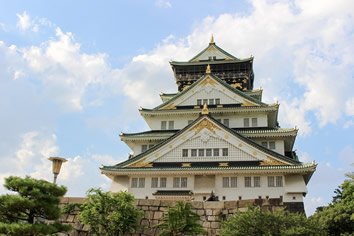
Days 1 - 2 -
Take an express train or taxi directly to our Osaka hotel from KIX International Airport or a Limousine Bus or taxi from Osaka Itami Airport directly to our hotel.
Enjoy a full day of touring in Osaka to see both its Hina Matsuri heritage and the maze of alleys and shops that make up the Dotonbori neighborhood.

Days 3 - 4 -
Board a Shinkansen bullet train to Kagoshima, at the southern tip of Kyushu, the southernmost of Japan’s four main islands.
See the highlights of Kagoshima, including Sengan-en Garden, Museum of the Meiji Restoration, Kirishima Jingu, and a harbor boat ride with views of Sakurajima, a still-active volcano that overlooks the city (local conditions permitting).
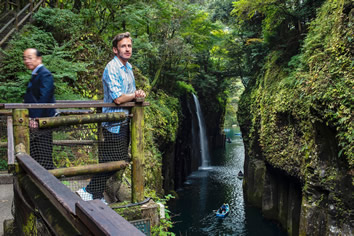
Days 5 - 6 -
After a brief stop to see the crane winter nesting fields near Izumi, we will drive into the mountains of Kyushu. Our first stop will be the area around Takachiho, where we will spend two nights in a ryokan. Because of its isolation due to the Takachiho Gorge and other narrow valleys, this region has maintained its cultural traditions.
The nearby village of Shiiba-son is considered one of Japan’s “Hidden Villages” (along with Shikoku Island’s Iya Valley that we visited on our 2024 Ningyo tour). Shiiba-son is best known for its Kagura, a type of Shinto traditional dance. The Shiiba-Son Folk Performing Arts Museum features an impressive array of masks from Kagura festivities.
Japanese also visit this area because of its natural beauty. Along with seeing the Takachiho Gorge, we will visit the Dai-icho Observation Deck overlooking the terraced rice fields of Sennin no Tanada. Over 150 years ago, local farmers built a labyrinth of 300 miles of narrow canals down the hillside for their rice production.
And for a special treat, we’ll stop at the Amano Iwato Shrine. It is dedicated to the Shinto Sun Goddess Amaterasu, who was said to have hidden in a nearby cave (closed to the public). A short walk away is Amano Yasukawara, where pilgrims have laid stones for generations, and where visitors can see a small shrine in a cave.
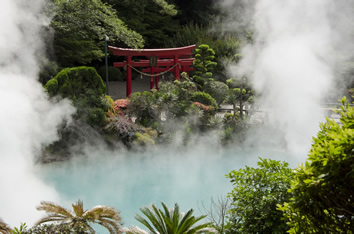
Day 7 -
We will drive two hours north up the mountain spine of Kyushu to the coastal hot springs resort town of Beppu. We will stay for one night in a modern hotel with a heated infinity pool and spa.
While in Beppu, we will see some of the seven onsen hot springs that make up Jigoku Meguri (for viewing, not bathing). We will also ascend to the Mount Tsurumi viewpoint overlooking the city and the sea by ropeway.

Days 8 - 9 -
The next morning, we will drive north along the spine of Kyushu’s mountains to Hita, known for its festival floats. We will walk through the village, see Hina exhibitions, then meet a Festival Float maker at the Museum of Festival Floats.
We will make our last rural stop at the Okawachiyama Pottery Village. There, we will learn about the Saga Samurai clan’s hidden pottery workshop.
At the end of the day, we will arrive at our museum-garden-hotel in the canal city of Yanagawa for a 2-night stay.
Our full day tour will include the Ohana Tachibana Family Villa and Museum. The Villa features impressive Hina displays as well as hanging Sagemon decorations. The museum is known for its 19th Century Kesi-Bina dolls made by the Nanasawa-ya Ningyo shop of Edo (Tokyo).
If it can be arranged, we will join Yanagawa Hina Sagemon Meguri, visiting Hina installations in private residences.
Our day will conclude when we board a small boat to silently glide along the many canals of Yanagawa. As with the gondolas of Venice, our boat will be propelled by a long pole.
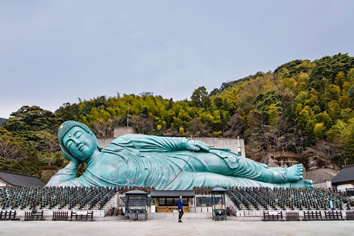
Days 10 - 11 -
Today we will drive to Fukuoka, the major city of western Japan, and learn about its rich Ningyo culture.
To get a glimpse of Fukuoka’s long history, we plan to go to the Tochoji Temple. It is known for its large wooden Buddha and a simulated Purgatory / Hell experience under the Buddha.
Our hotel for two nights is near the Canal City illuminated fountain and music show and numerous Yatai food stalls along the river, serving tapas-style specialty dishes.
The next day, we will visit the father and son who run the century-old Nakamura Ningyo for contemporary Hakata Ningyo. From their website: “The dolls we craft are not mass-produced toys, but rather, they represent works of art that embody a microcosm of Japan. Through this environment, they are given life in human form and infused with the essence of people’s heartfelt aspirations.”
The father, Nakamura Shinkyo, is renowned for his contemporary Hakata Ningyo, and his son Hiromine Nakamura, is one of Japan’s most famous Festival Float Doll creators.
Our included lunch will be at the restaurant on the observation level of Fukuoka Tower, with views across the city and the sea.
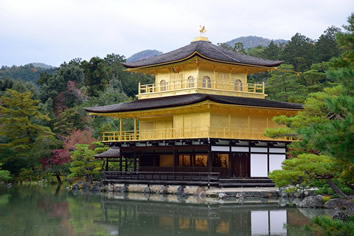
Days 12 - 14 -
From Fukuoka’s Hakata Station, we will board our bullet train to Kyoto.
While in Kyoto, witness the unique creations of our long-time friend and Gosho Ningyo maker Shimada Koen in his new studio. We will also visit the studio of Itoh Hisashige.
We’ll also enjoy a shopping visit to the arts and crafts boutiques of the Shin-Monzen District near Gion and a store with the finest collection of antique dolls.
On our last day, a Kyoto University specialist in Japanese and Indian Buddhist art will join us on Mount Hiei. She will provide an in-depth tour of one of Kyoto’s most cultural and spiritually important Buddhist temple complexes, high in the mountains of Higashiyama.
Conclude our tour with a memorable farewell dinner.
Day 15 -
For those starting home today, enjoy breakfast, then transfer to the airport for your flights home.
If you have enough time, we invite you to join us for our 2-night extension. (Destination to be announced.)
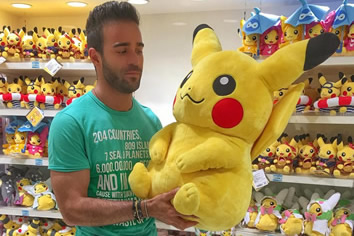
|